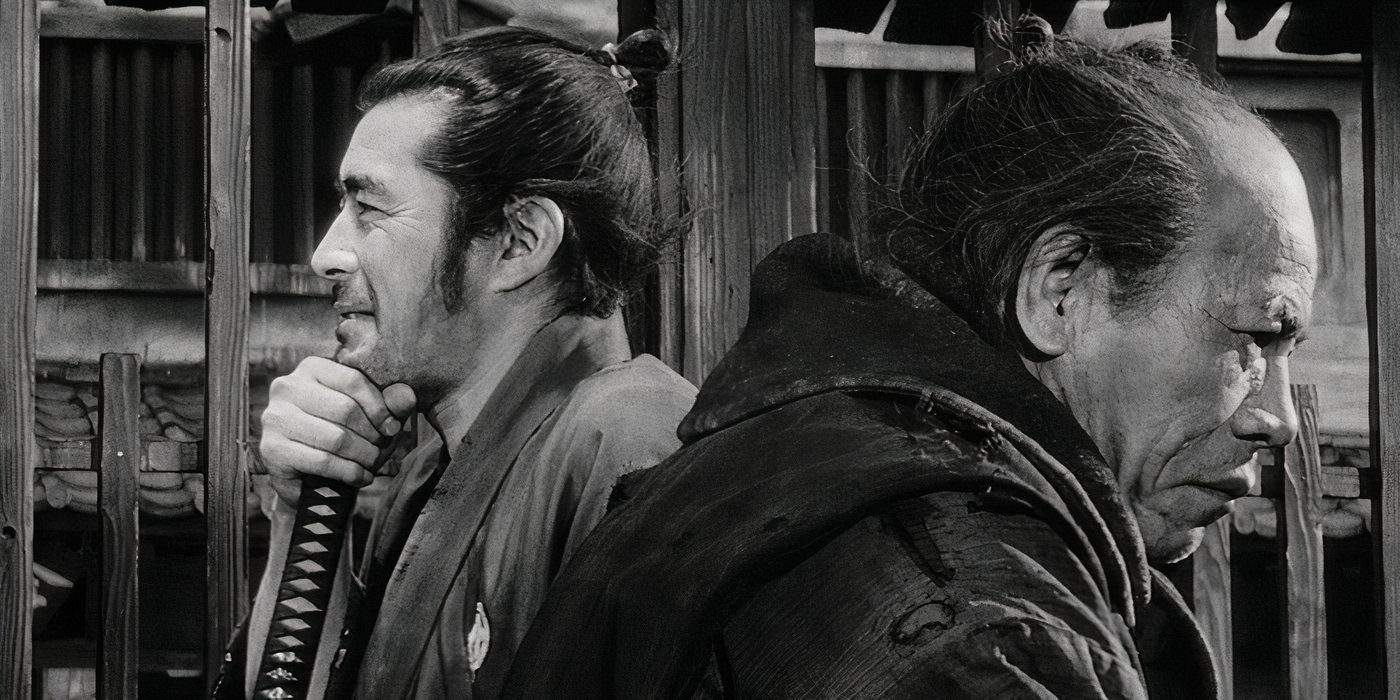Its crystalization of the antihero remains timely, and fits in perfectly alongside modern movie heroes.
Beyond being a crucial piece of cinematic history though,Yojimboremains a timeless and entertaining film.
Released in 1961,Yojimbowas far from Akira Kurosawa’s first film.
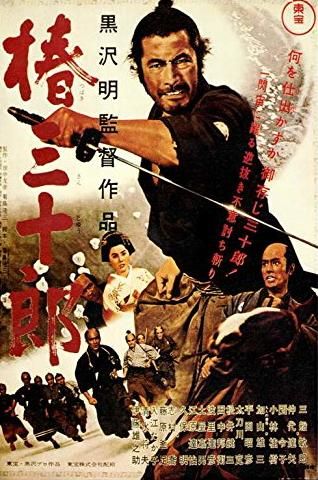
That refinement of the anti-hero may beYojimbo’s greatest influence.
The character is wily and ruthless with his enemies, but not humorless or cruel.
The bodyguard proves to be a crafty character who can outthink his enemies as well as outfight them.
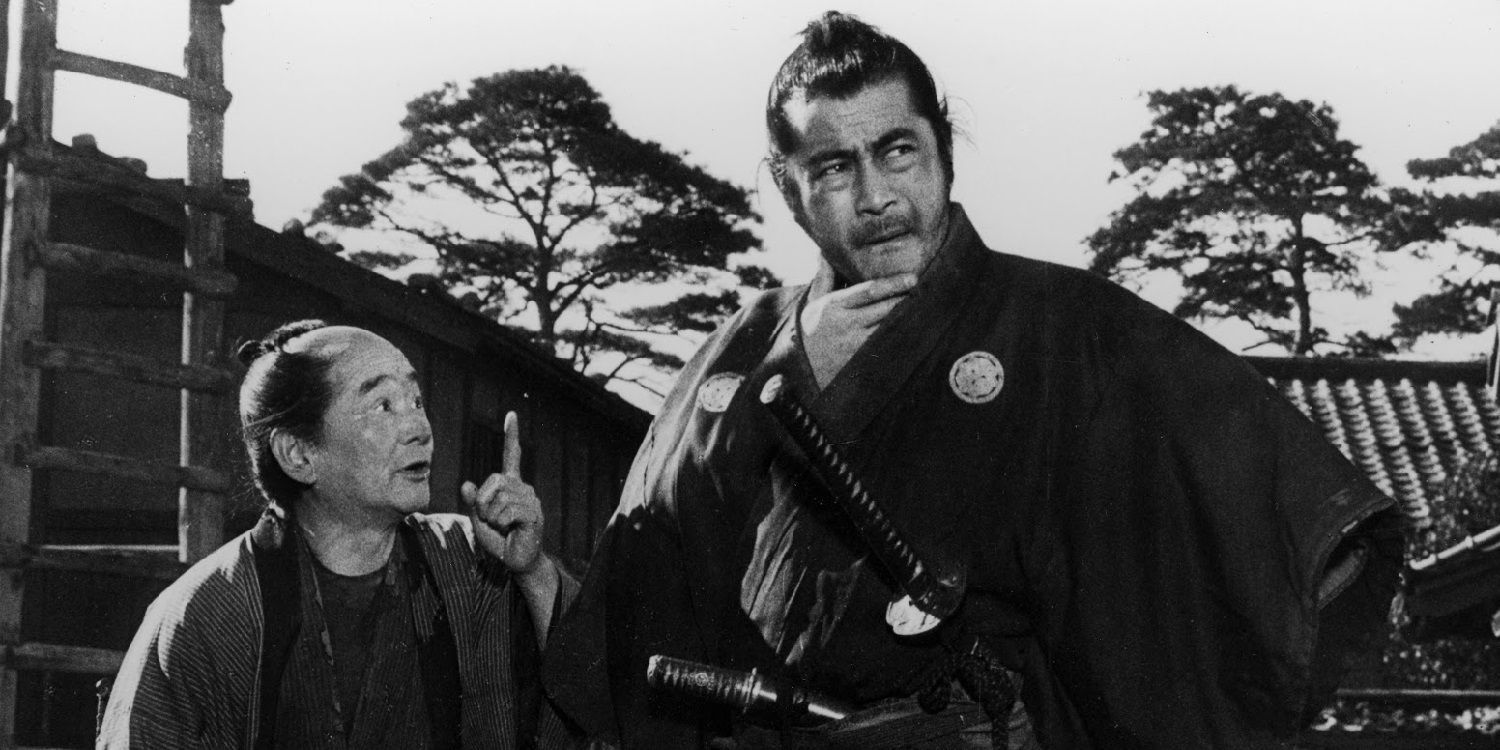
It’s a good deed solely for the sake of itself.
There had been antiheroes beforeYojimbo, but the ronin from that film is the perfect crystallization of that idea.
The antihero has become an archetype for modern action cinema reimagined in numerous permutations.
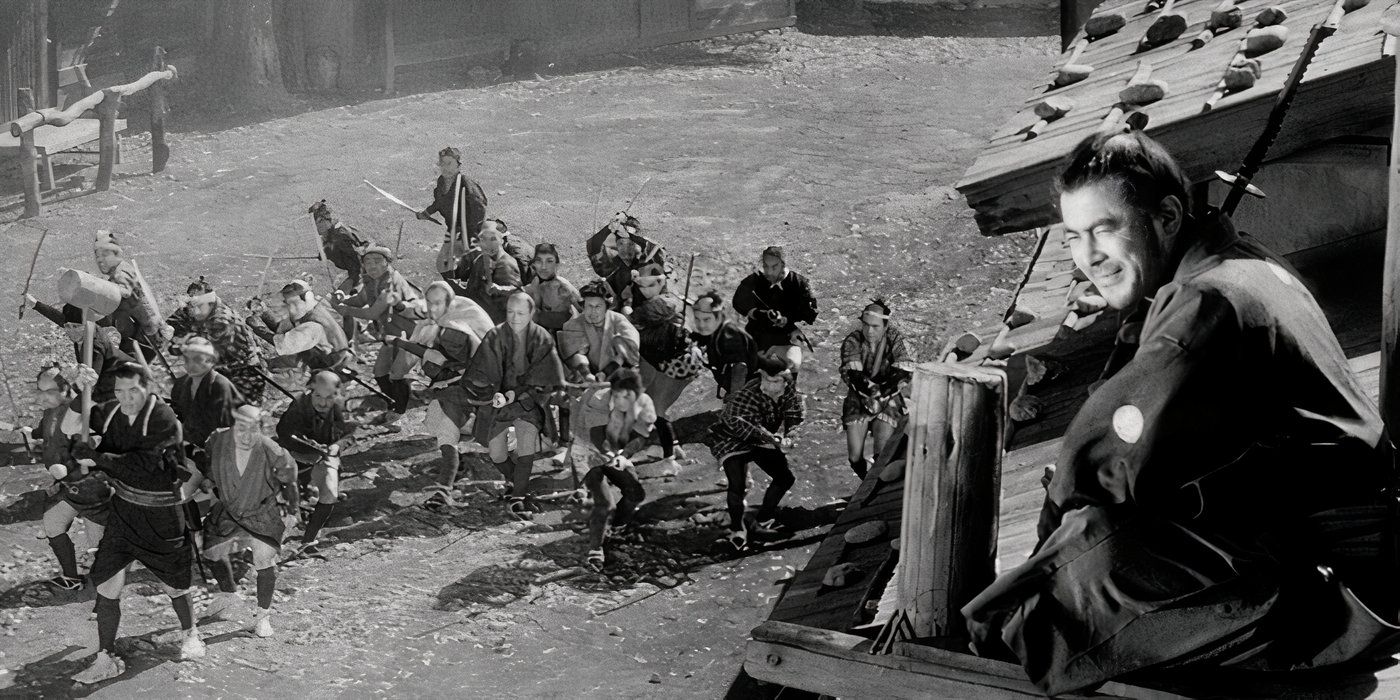
A wandering ronin arrives in a town torn apart by two rival gangs. Using his cunning and swordsmanship, he pits the factions against each other, manipulating the situation to his advantage while dismantling the criminal empires from within, ultimately restoring peace through calculated chaos and deception.
There had been antiheroes beforeYojimbo, but the ronin from that film is the perfect crystallization of that idea.
Many of Hollywood’s top directors cite the legendary Akira Kurosawa as inspiration.
His influence is seen in tons of popular movies, like Star Wars.
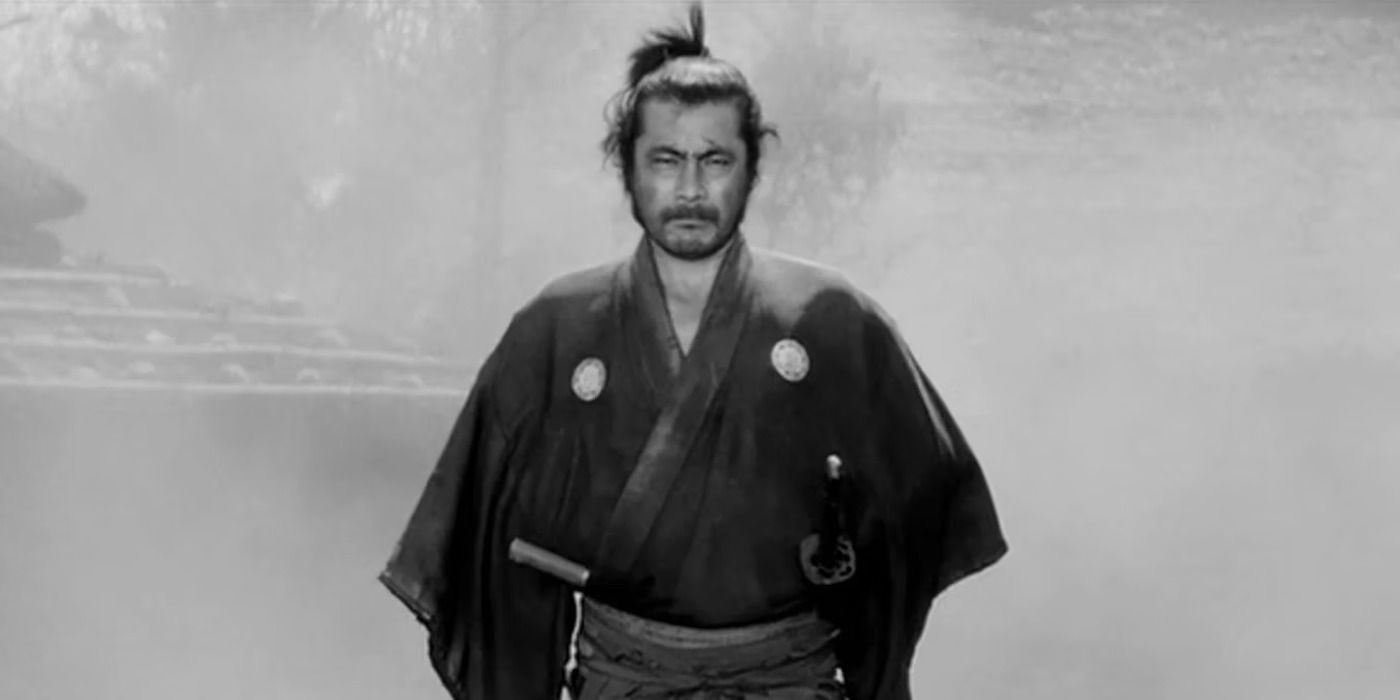
This in turn gives all the films inspired by those sequences a connection toYojimbo.
However, none of that dates the film or removes its enduring universal qualities.
The film’s critique on questionable loyalty and ruthless ambition remain painfully relevant.
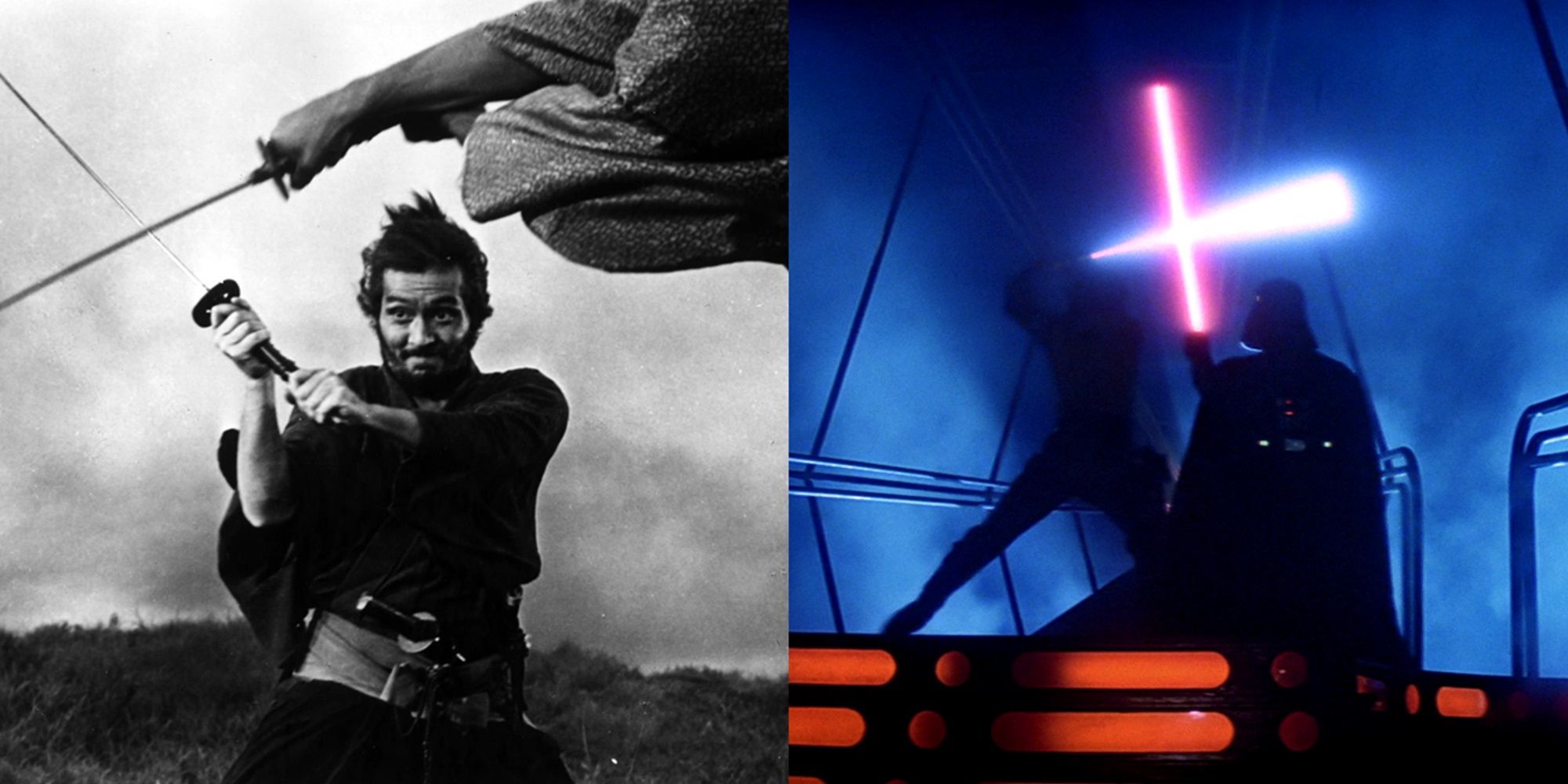
This doesn’t make the ronin a softie, or even necessarily an honorable figure.
